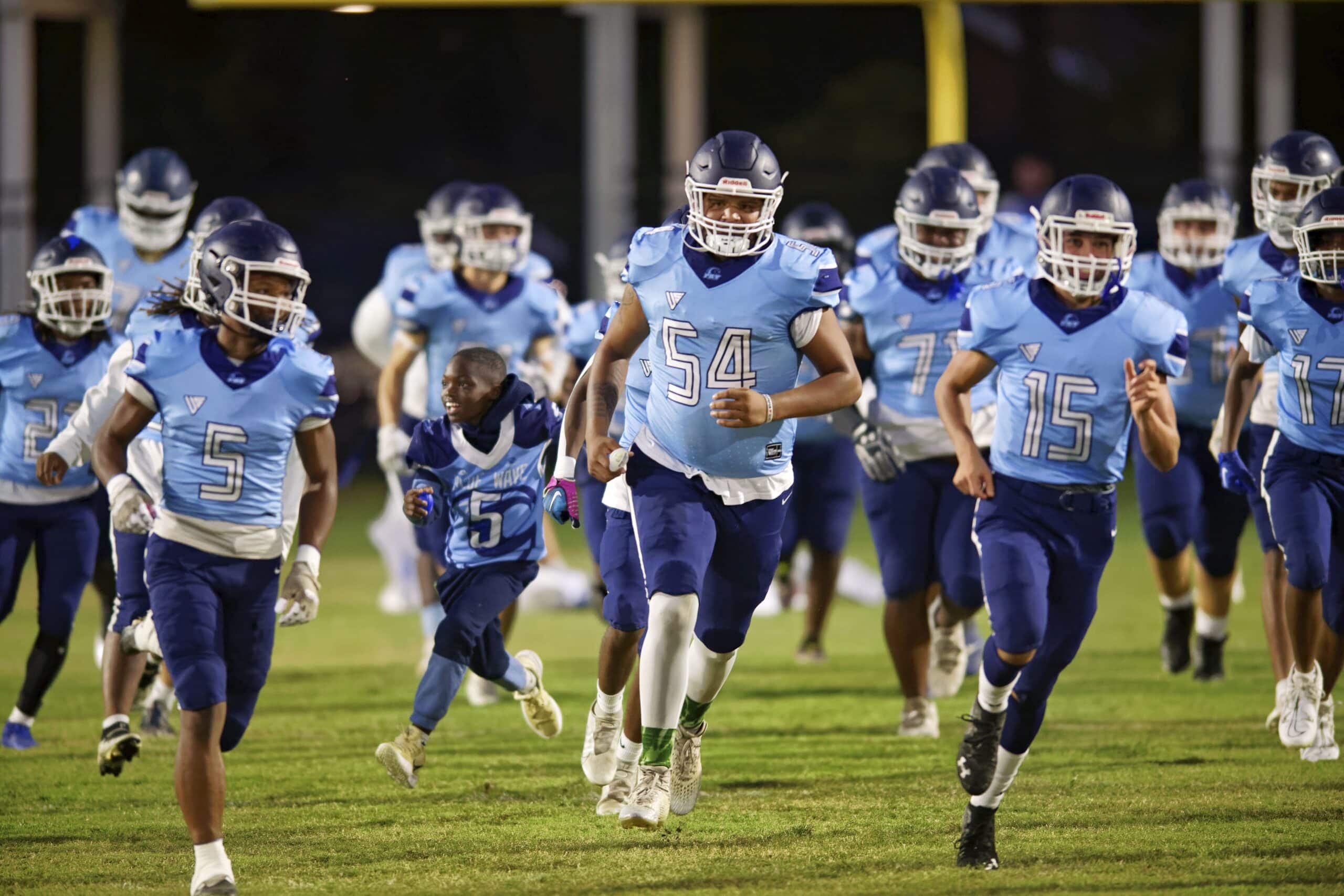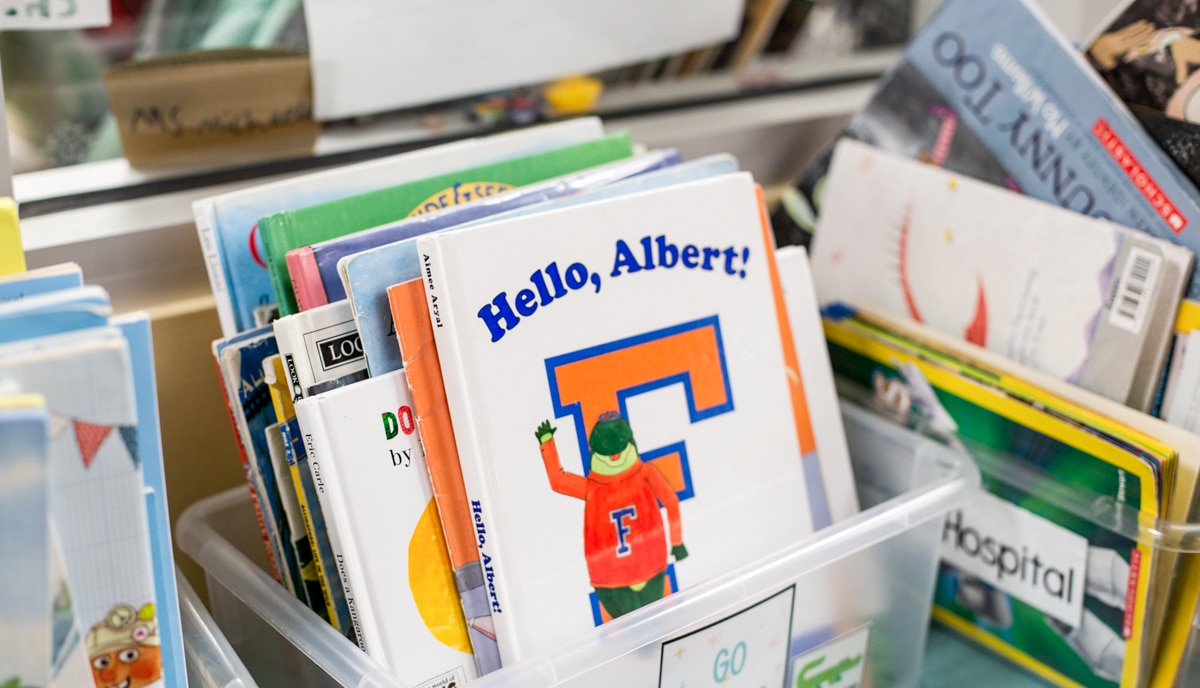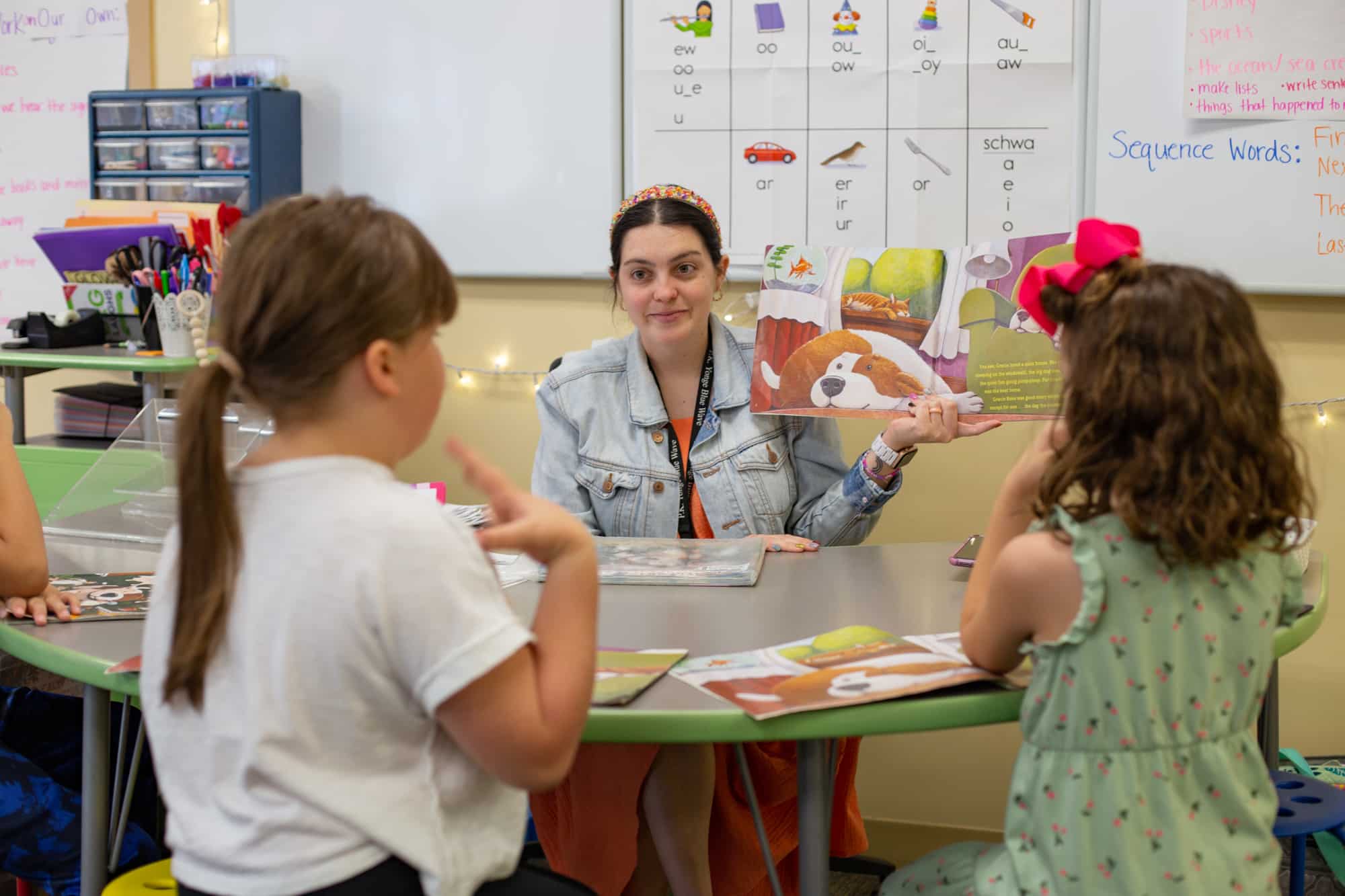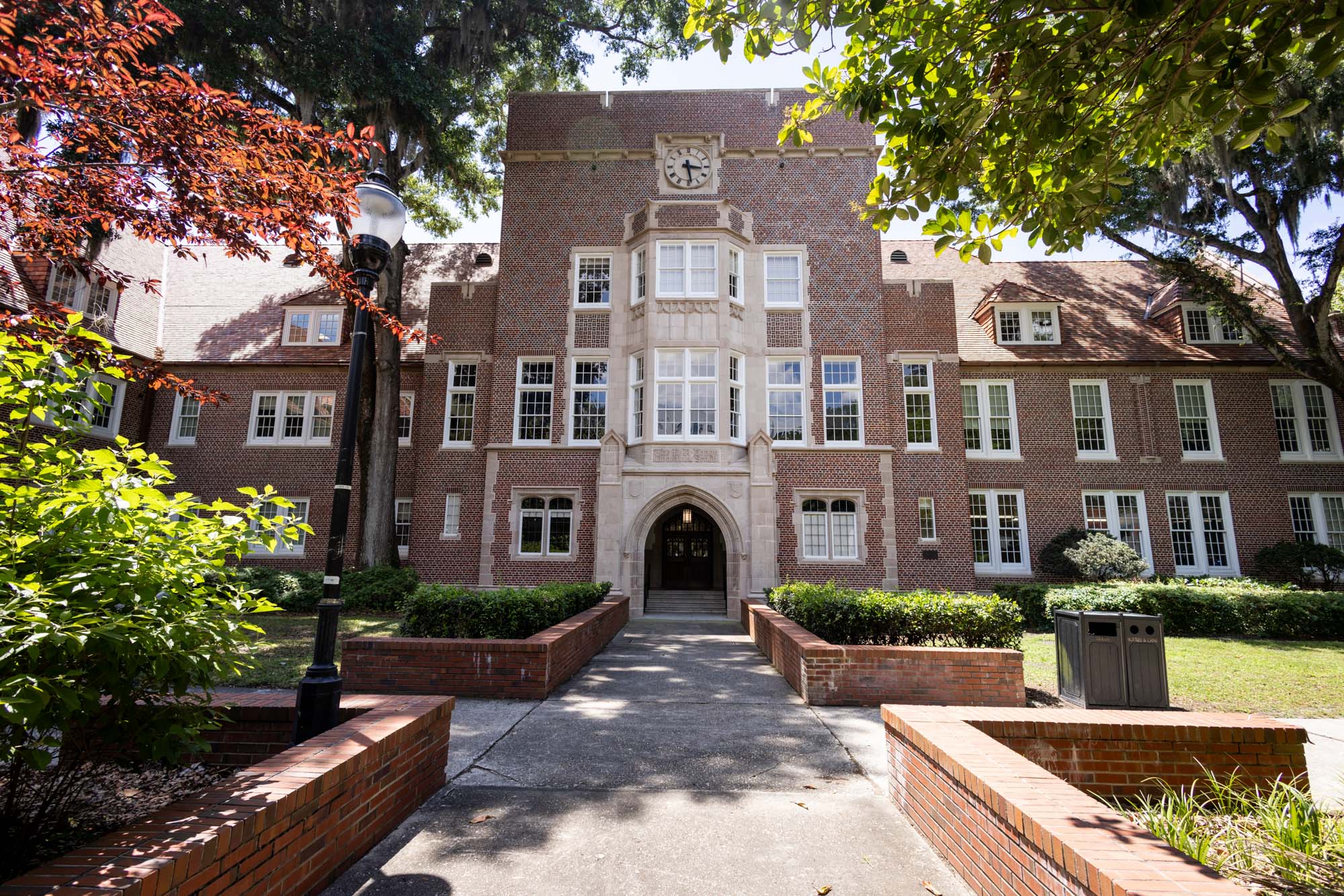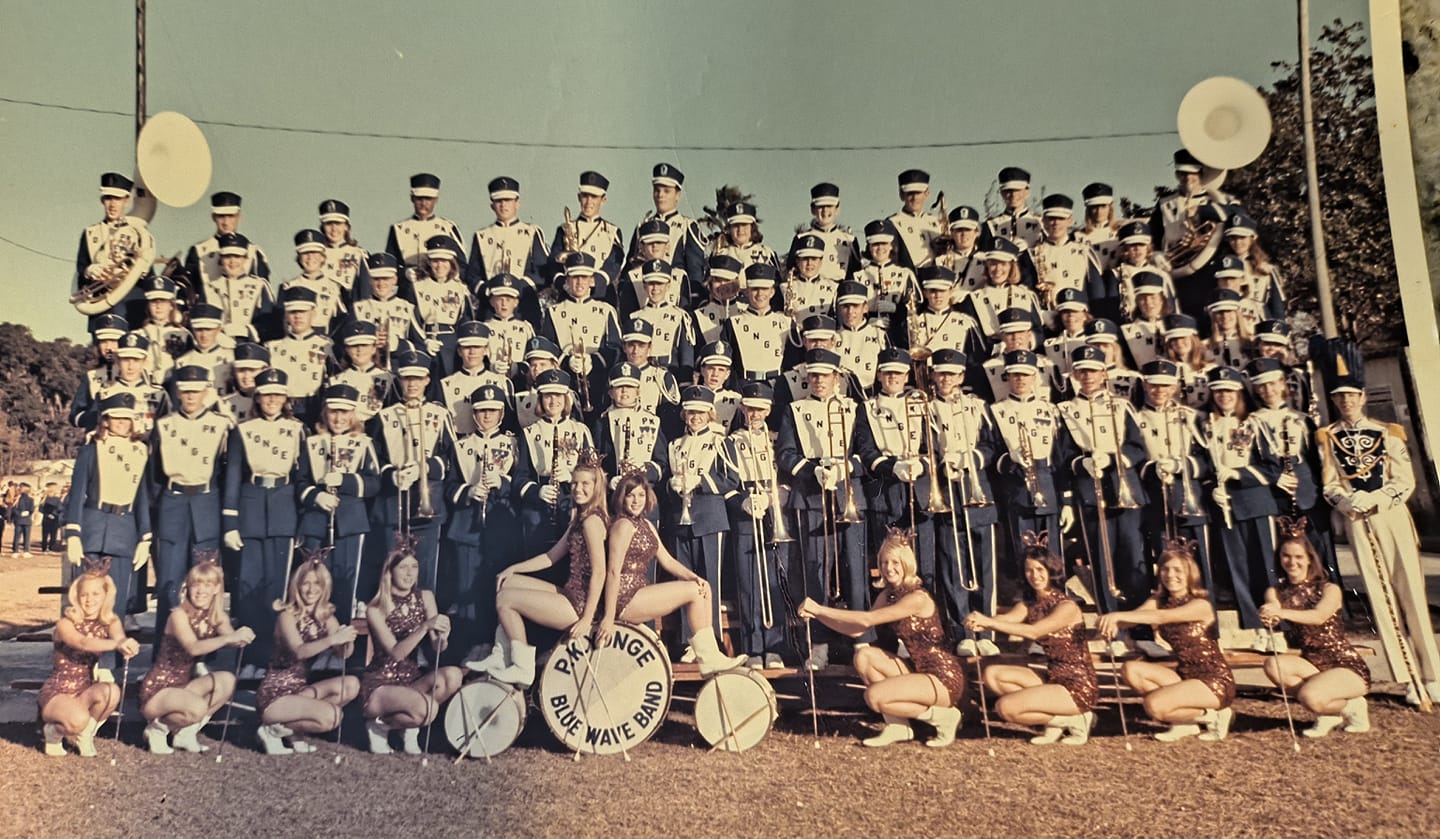What Is Standards-Based Grading?
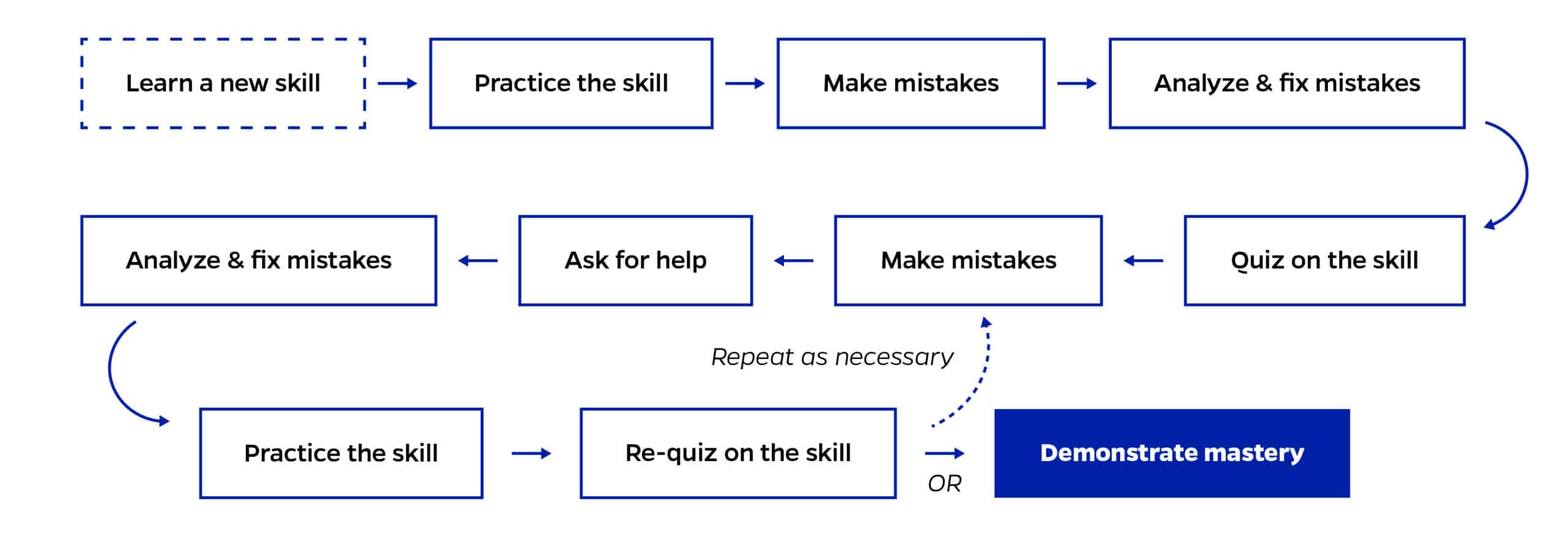
A Standards-Based Grading system organizes evidence of student progress and mastery according to standards associated with a subject within a course (e.g. interpreting data from maps/charts).
A traditional grading system organizes evidence of student progress and mastery by types of learning activities (e.g. classwork, homework, assignments).
Letter grades may be used in both systems, and in our Standards-Based online Skyward Gradebook, student progress toward mastery is reported as a letter grade.
The Standards-Based Grading system uses grades to indicate progress toward mastery of the standards within a course, not how a student performs on quizzes in general.
How Does the New Grading System Measure My Child’s Progress?
With regard to secondary grading, the new system, like the traditional system, will continue to use letter grade designations to indicate a student’s progress toward meeting the standards. The tables explains what each designation means.
| Exceeding Benchmarks |
| A student earning exceeding benchmarks independently uses and applies knowledge in ways that demonstrate higher level thinking skills. Typically, few students perform at this level. |
| Meeting Benchmarks |
| A student earning meeting benchmarks demonstrates understanding of grade level skills and concepts and requires minimal support. A meeting benchmarks rating throughout the school year indicates strong, excellent work at grade level. The meeting benchmarks mark is the goal for the grade level and should be celebrated. |
| Not Meeting Benchmarks |
| A student earning a not meeting benchmarks rating is currently not meeting the grade level standards. The student demonstrates an inconsistent understanding and application of knowledge. Intervention is needed from teachers and parents. |
| Not Yet Assessed |
| A - Mastery |
| Student is able to independently and consistently demonstrate application of knowledge and skill related to the learning goal. |
| B - Meeting/Proficient |
| Student independently demonstrates proficiency in the content/skill defined by the learning goal. |
| C - Approaching Proficiency |
| With teacher or peer guidance and feedback, the student is able to show proficiency in the learning goal. |
| D - Beginning |
| With teacher guidance and feedback, the student is able to show incomplete/limited foundational knowledge or skill related to the learning goal. |
| F - Not Meeting |
| With teacher guidance and feedback an F grade will only be entered when the student is unable to show foundational knowledge or skill related to the learning goal. |
How Are Standards-Based Gradebooks Different from Traditional Gradebooks?
In a Standards-Based gradebook, each course (e.g., World Cultures) contains a series of subjects
(e.g., engaging in evidence-based discussions, interpreting data from maps/charts, etc.).
A Standards-Based system assigns students
a separate grade (progress indicator) for each subject in a course.
Course subjects are aligned to standards that are
specific to each course. Standards-Based Grades
are based on the subject content or skill standards. Assigning grades to the standards allows for progress to be tracked through mastery of specific content
or skills.
Unlike Standards-Based gradebooks, traditional gradebooks often organize grades by how a student performs in types of learning activities, like classwork and homework. A traditional system may also use non-academic factors like late work or extra credit.
Standards-Based gradebooks are organized by subject and course standards and do not assign points for non-academic factors.
In a Standards-Based system, we are able to better support students with goal-setting and overall achievement of the academic standards by:
- Clearly communicating progress in specific skills or content knowledge, rather than in an entire course.
- Tracking how a student progresses toward mastery of specific content and skill, rather than performance on types of activities.
- Keeping behaviors like effort or timeliness separate from the academic core.
How Can I Use the System to Help My Child Succeed?
Standards-Based Grading provides more detail about how your child is doing in each course. These details will assist families in identifying content/skill areas that may need additional support as well as areas for more enrichment and challenge. Using these clearly defined goals, teachers and families can work together to facilitate students’ academic achievement.
During parent/guardian-teacher conferences, ask to see samples of your child’s work. Talk to your child’s teacher regarding the quality of work in these samples, whether learning goals have been reached and if not, request some strategies for improvement. Ask how you can help your child improve or excel in various subjects and what resources are available to encourage their progress.
Grade marks are designed to communicate with families—they should be helpful and easy to understand. If you have questions or concerns, please contact your child’s teacher or learning community leader.
Four-Point Grading
What’s the problem with a 100-point scale?
A 100-point scale embedded in a system that averages scores over a prescribed time period penalizes students who need more time and promotes a “just enough points to pass” mindset.
What’s the solution?
A 4-point scale embedded in a system indicates the level of knowledge and skill, reflects growth over time, and rewards perseverance and mastery.
What’s the difference?
A 100-point system emphasizes task completion, values accruing points, and penalizes students still in the process of acquiring knowledge and skills. The 4-point system focuses on mastery, recognizes growth over time, and rewards students for staying engaged in the learning process.
What stays the same?
The 4-point mastery-based scale generates a letter grade (A, B, C, D, F) for every course and produces a GPA for every student.
Reconciling Grades in Florida’s Schools | FlyerGrading at P.K. Yonge for Grades 4-12
Student performance in courses is graded using a 4-point scale. Final grades continue to be reported as A–F letter grades for all courses.
Gradebooks can be accessed through Canvas and Skyward.
In the scale below, you will see the ranges for both the 4-point and the 100-point scale. You can also view a handout about Understanding Your Secondary Report Card.
More information about Grading for Grades 4-12: Link to Webinar
| Mastery Language | Points Value Rubric | Letter Grade | Range (4-point grade system) | Meets Standard Course Credit Earned |
|---|---|---|---|---|
| Mastery | 4 | A | 3.51 - 4.0 | Value Point 4 |
| Proficient | 3.5 | B | 3.01 - 3.5 | Value Point 3 |
| Approaching | 3 | C | 2.51 - 3 | Value Point 2 |
| Beginning | 2.5 | D | 2.01 - 2.5 | Value Point 1 |
| Not Meeting | 1 | F | .01 - 2.0 | No Course Credit |
| No Evidence | 0 | F | 0 | No Course Credit |
Grading at P.K. Yonge for Grades K-3
In grades K-3, students will not receive traditional letter grades (A, B, C, D, F) on their report cards. In grades 4-12, students will receive letter grades on their report cards.
Throughout the school year, K-3 teachers will show families evidence of student work and progress through SeeSaw, an online interactive learning platform. At the end of each nine weeks, student progress will be reported with grade marks in our Standards-Based online Skyward Gradebook.
There are four quarters (nine weeks) in a school year. Student progress is assessed each quarter. The final quarter grades are what go on an elementary student’s transcript.
In a more traditional grading system, at each quarter, students start over with their grades. In a Standards-Based Grading system, progress is cumulative and assessment is continuous throughout the school year.
More information about K-3 Grading here.
Quarters 1, 2, & 3 Report Cards
The grade marks for quarters 1–3 will not be included on student transcripts. The grades that you will see on your student’s report card will be categorized as:
- Meeting Benchmarks
- On Track
- Below Benchmark
- Not Meeting
- Not Assessed
These grade marks will be used during quarters one, two, and three to indicate student progress toward the standards. These grade marks will not be included on a student’s transcript.
Formative (forming/working towards goals) (Quarters 1–3)
| Report Card Categories | Meeting Benchmark | On Track | Below Benchmark | Not Meeting Benchmark | Not Assessed |
|---|---|---|---|---|---|
| Category Definitions | The student is showing evidence of meeting the end-of-school-year standard. | The student is on track with showing evidence of meeting the end-of-school-year standard. | The student is showing some evidence of meeting the end-of-school-year standard. | The student is not showing evidence of meeting the expectations of the | The standard is not yet assessed. |
| Goal Progress | Above | On Track | Below | Significantly Below | N/A |
| Support Needed | No additional support needed. | Intervention | Intensive | Intensive Intervention | N/A |
Quarter 4 Report Cards
The grade marks for quarter four will be included on student transcripts. The grades that you will see on your student’s report card and transcript will be categorized as:
Meeting
Approaching
Beginning
Not Meeting
These grade marks will be used during quarter four to indicate a student’s final performance in relation to the standards. These grade marks will be included on a student’s transcript.
Summative (Summary/Final Assessment of Goals) (Quarter 4)
| Report Card Categories | Meeting | Approaching | Beginning | Not Meeting |
|---|---|---|---|---|
| Category Definitions | The student is showing evidence of meeting the end-of-school-year standard. On Grade Level | The student is on track with showing evidence of meeting the end-of-school-year standard. Approaching Grade Level | The student is showing some evidence of meeting the end-of-school-year standard. Not on Grade Level | The student is not showing evidence of meeting the expectations of the Not on Grade Level |
| Goal Progress | Likely to excel in the next grade/course. | May need additional support for the next grade/course. | Likely to need substantial support for the next grade/course. | Highly likely to need substantial support for the next grade/course. |
| Correlating Traditional Grade | A/B | B/C | D | F |
What Does This Mean?
If a student completes the school year and is not meeting, beginning, or approaching standards, this means that the student is performing below grade level. At this time, the school may:
- Recommend summer school.
- Recommend tutoring.
- Suggest repeating the grade level.
- Get consent from the family to complete a full psychoeducational evaluation through the school.
- Ask the family for consent to share with outside providers.
- Start the next school year with the highest level of intervention support.
- Or other support to help the student succeed.
If a student completes the school year and is meeting standards, this means that the student is performing at or above grade level. At this time, the school may:
- Recommend enrichment opportunities.
- Start the next school year in a more challenging small group for a specific subject.
- Or other support to help the student succeed.













